Different Ways to Grow Your Own Bonsais
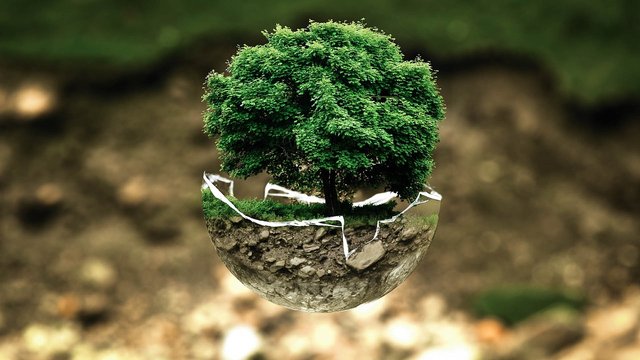
When people start taking on bonsais as a hobby, it is usually when someone gives them one as a gift, or buying one from the local market. Once you begin to love tending to bonsais, assuming they don't die (which puts a lot of people of the art of bonsai), then the expensive habit of buying bonsais begins. Despite their small size, bonsai sellers make a killing off selling these beautiful small trees, as they are usually more expensive when they are rare, old bonsais.
But did you know, if you have the patience, you don't have to pay for them? You can grow your very own bonsais for free, by a method known as Propagation. This means finding the parent tree if the type of bonsai you want to grow, using a specific propagation method that works for that tree, and growing your very own bonsai... for free! Mother Nature has all these beautiful gems all around you, you just have to use your eyes.
Why are bonsais so expensive if you can just buy your own one free? Well, someone grew that bonsai into what it is when you saw it. They spent years cultivating it, spending money on bonsai food and soil, pouring so much of their loving tender care into it. And that time, and money, needs to be reimbursed. Plus, they need to make an income to live on.
So if you can actually afford to support them, then please do so. However, if (like me) you can't afford to buy a bonsai every time you see one, you can grow your own one. There is something special in giving life to these small trees, and continuing the legacy of the parent tree. Something really magical...that cannot be explained until you try it.
And it is quickly a hobby that can become an obsession.
Please note: I will be dealing with the most basic forms of propagation for any beginner to try out, and will not deal with specialised forms such as cell culture and micropropagation, as examples. This article is based on my own personal experience of growing bonsais for 5 years.
PROPAGATION BY SEED
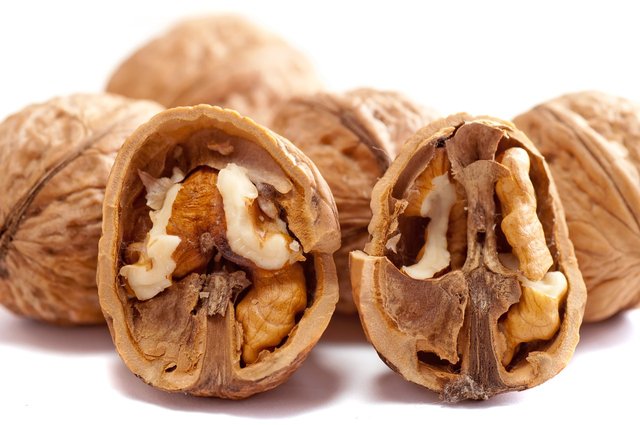
Src: Pixabay
Growing a tree from seed can be one of the most daunting tasks for beginners. While some trees are easily propagated from seed, others not so much. The reason is that not all seeds are propagated the same one. With some you can simply place the seed in the soil and wait a week or two. Others, you need to place them in the fridge for a month or two to give it that winter hardening that it would go through out there in the wild. Some needs to be placed in hot or cold water for 24 hours for the seed to swell up and then placed in cotton / soil in the fridge / window sill until the seed grows roots.
And so the list goes on. It is all up to how the parent tree grows from seed in the wild. Sometimes birds eat the seeds, the hard shells break down in their bellies, and then the defecate the remained of the seed onto the grass. This action alone is what helps those seeds grow. This does not mean it will work for us. Our stomach acid is different. And I don't think any of you would want to search through your own faeces just to find a seed. Which is why there are other chemicals one can use to break down the seed, such as bleach.
I will not go into every single way that seeds can be propagated, but you do need to research the best method for that seed. There are volumes of internet sites dedicated to propagated seeds that will help you, created by people like me that want to share how they did it. Research a few sites and find a common theme for that seed.
The best thing about growing from seed is that you helped spawn new life. You get to watch your tree grow from seedling to maturity, like watching a puppy grow up from birth. It is really an enriching feeling.
THINGS TO WATCH OUT FOR
There are a few things you need to be careful of.
ROT: One of the things is seed rot / fungus. Some seeds will not enjoy laying in soil / cotton / medium that is too wet. That drowning effect invites spores or fungus to feed off the seed, since it is essentially food for them. My peach and nectarine seeds have often succumbed to this when leaving them in the fridge after a good day's soaking.
DEHYDRATION: The counter to rot is dehydration. Some seeds, like oranges and lemons, are required to lie in cotton on a window sill so that it can obtain filtered sunlight as part of the propagation process. The seeds are 'awakened' by the light and heat of the sun. However, they need to be watered daily, since the roots will seek water as soon as they break out of the seed. If they dry out, the seed will die.
CLAIMING THE SEED: Sometimes the manner in which the seed is obtained can be dangerous to the seed. Some seeds have an external covering for protection, like the pip of peaches and plums. These pips needs to be cracked open safely, as any effort that is too harsh can break the seed as soon as the pip opens.
SEASON: You need to make sure you are propagating the seed in the write season. I've had seeds that I tried to grow in winter, even though they usually grow in spring. Although the seed grew roots and a stem, after a few leaves the seedling died down. I couldn't revive it, as it couldn't handle the cold temperatures yet. It is very important to first check which season is best to grow in.
PREDATORS: Predators have been the biggest cause of me losing seeds. I've had birds dig up peach seeds when I used to grow bonsais outside in summer, and then when I decided to turn my patio into an inside nursery, small rodents were breaking into my house under the front door and eating the seeds. Thankfully, ever since I have cats, both bird and rodent problems are sorted out. But try your best to protect your babies as much as possible. You can research online the best methods for protection.
GATHER SEEDS IN LARGE NUMBERS: This was an important lesson I learnt the hard way that no one else ever spells out. When you gather seeds, make sure to get as many as possible. This not only helps if some of the seeds die or cannot be propagated (dud seeds), but you can experiment with various propagation methods until it works. I've had some seeds where a certain propagation method was indicated all over the internet as the proper method, just for me to try something else and that one actually worked for me.
So, the next time you are eating that apple or any other fruit, instead of spitting out the seeds, why don't you try growing them? Who knows, you may be growing your own apples in a few years time!
PROPAGATION BY ROOT
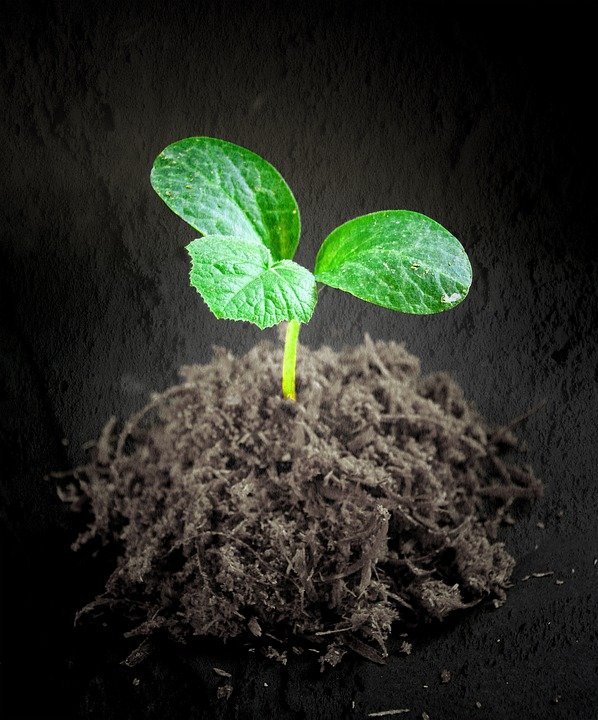
Src: Pixabay
One of the propagation methods I hardly use is that of Root Cuttings. Some roots can be removed from an adult tree and placed in special sorghum moss or other mediums until the roots start growing a new stem. The only two I have tried this with successfully was my Natal Fig bonsai and Crassula. They tend to grow new roots by nodes on the stem or branches, which you can then break off and replant.
Some of the same warnings apply with this method, such as root rot and dehydration. Some critters will also try and eat the roots for nourishment. The most important aspect is making sure you collect these roots while they are still healthy, and not after the air has dried them up already.
PROPAGATION BY BRANCH
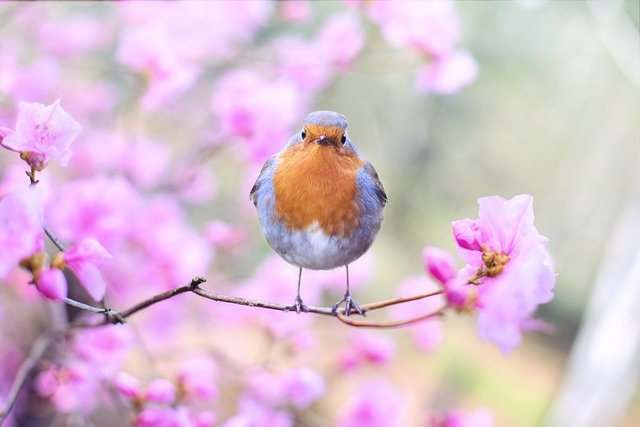
Src: Pixabay
This is one of the most popular methods of propagation by bonsai enthusiasts, and also where you should probably start. The method involves taking cuttings of branches from adult trees and growing the branch into a bonsai. The reason this is preferred is that it cuts out half the danger that seeds encounter, and there is less of a waiting period for the bonsai to grow to maturity. You can also decide what size branch you want. For a small bonsai, you start with a twig. For a large bonsai, you cut off a large branch.
Of course, this takes out most of the challenge, but as a beginner I would start here. There are trees everywhere, so snapping off a quick twig is easy as pie. If you study trees enough, especially in parks that are maintained by your local council, you will sometimes see new shoots springing out of the bark of the tree. These are the best invites to grow as bonsais. When the local council comes to trim and maintain the trees, those small shoots will be cut off and discarded, so it is your opportunity to save it and grow it as your own.
THINGS TO WATCH OUT FOR
While some of the seed problems can apply to branch cuttings, this propagation method adds some extra considerations.
ROOT GROWTH: Your very first objective is to encourage root growth. Those who are really serious about this hobby buy a small bottle of root hormones, which the end of the branch is dipped in to encourage roots to grow. Some branches can just be placed in water until roots grow and then planted in soil, and others can simply be planted in soil. You need to keep checking for growth, but be careful not to disturb or break any new growth. If it is already in soil, simply pulling the stem very, very softly will tell you if there are roots. If the stem refuses to move out the soil with soft tugs, you have succeeded. If the stem simply pulls out the soil with no resistance at all, there are no roots. Stems laying in water will start showing small round white pots at the base. These are the roots that are starting to form. Make sure you provide fresh water often to prevent rot.
CUTTING ANGLE: I know you won't always have this luxury in the wild. You will probably just have your hands to break the branch off. But, if you are cutting with shears before placing it in soil or water, make sure you cut the base at an angle. This will make it easier for the stem to absorb water and nutrients while it starts the root growing process.
CUTTING LOCATION: When breaking the branch off the tree, make sure you snap it off at the base of the branch. This is the spot that connects the branch to the parent tree. Even if you are breaking one branch in a clutter of branches, make sure you get as much of the base as possible and not snap it midway through. Those vessels at the base are what bring the food and water from the main tree / main branch, so if you can pull it off at the base node you will have a higher chance at success than midway up.
AIR LAYERING

Src: Pixabay
Air layering is a combination or Root and Branch propagation. This is a refined technique used by bonsai growers, but that can also be done by beginners. It is usually done on bonsais that have already reached maturity, so that you can grow another bonsai from the parent.
The technique starts off with removing a ring of bark around the section where you want to separate the new bonsai from the parent. It can be done on a branch, or on the main stem if your parent bonsai has grown too high. Once the ring of bark has carefully been removed with a sharp instrument, root hormones are applied to the opening which is then closed with a medium to prevent the bark from closing again.
Again, it is essential to keep this section hydrated properly. It is best to do so with a syringe so that the open section of the bark is not exposed to the elements. Once you see that strong roots have formed (from anything between 2 months and a year), you can cut the branch off under the roots and plant the new bonsai. Now you have two of them at exactly the same age.
GRAFTING
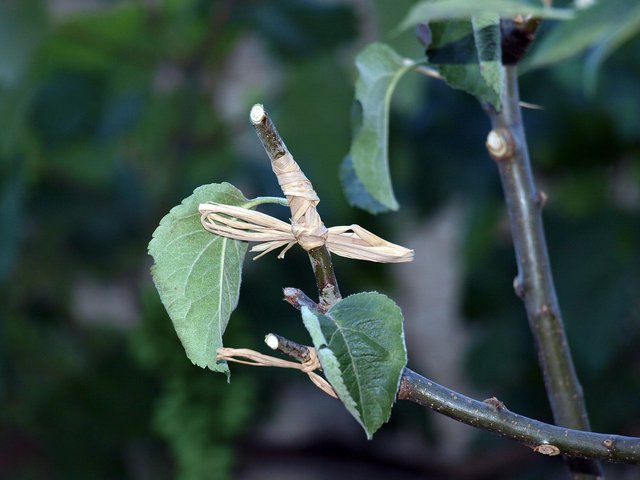
Src: Pixabay
Grafting is used to fuse a part of a tree (roots, branch or stem) onto a mature tree or bonsai to help it to grow. This can only be done between trees of the same species (except Pines and Junipers), and it allows the offcut to feed off the mature tree until it has its own roots. Sometimes, it is used to grow two trees of the same species into one beautiful bonsai with different colour flowers.
There are three types of grafting techniques...
SCION GRAFTING involves taking a shoot or branch, and fusing it to the new tree. Usually this involves cutting off a branch that is the same width on the new tree, placing the graft shoot at the end, and closing the section where they are connected with grafting tape or another suitable medium.
APPROACH GRAFTING involves using a small bonsai or branch that already has roots (called a 'whip') and growing it on a tree or massive bonsai until it is ready to live on its own again, or if you want different foliage mixed together. The technique involves cutting off bark as wide as the whip from the main tree, then removing a piece of bark from the whip. You then fuse the two open areas together so that the whip feeds off the main tree, while retaining its roots.
THREAD GRAFTING is done with a branch on the actual bonsai you are growing it from. If you grow one branch longer than the rest, you can turn this into your next bonsai. A drill is carefully used to make a hole in the trunk of the main tree, and the branch is 'threaded' through this hole, with bonsai wires bending it carefully. Once enough of the branch is pushed right through to the other end of the trunk, the hole is closed and sealed. Roots will grow inside and out the one end of the drilled hole, until it is ready to be cut and replanted.
FINDING BONSAIS IN NATURE
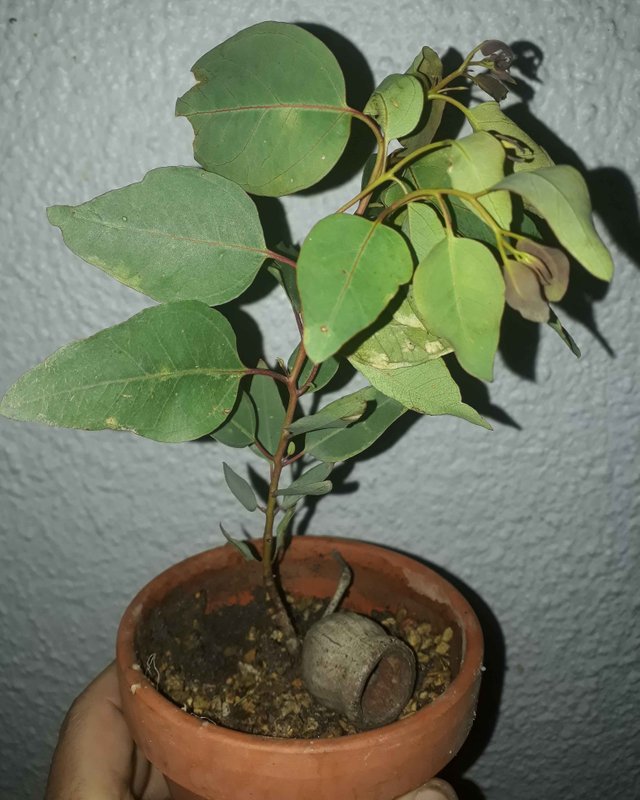
The above picture is the bonsai that inspired this whole article. Sometimes you will find beautiful bonsais in nature just waiting for you to take them home. This Red Flowering Gum was found in a park that was filled with towering versions of the tree, empty seed pods lying all around. It was growing on the side of the pavement, its roots nestled in sand that had been kicked over some months ago.
What would have happened if I left it there? The local council that maintains the park would eventually see it and remove it, as the trees roots would have cracked the road in the future. Or some hapless child would have kicked it out. So I decided to carefully remove it, roots and all, place it in a water bottle I had with me, and planted it when I got home.
There are also some trees that grow new stems from its roots. The Brazilian Pepper Tree loves to do this. If not maintained properly, new stems will grow all around the ground under an adult tree and flourish. This creates a chaos of pepper trees that most people prefer to just remove the moment they break the ground. These are splendid opportunities to dig into the ground, find the point where the stem meets the main root, and carefully break it off for replanting in a pot.
CHOOSING A PROPAGATION METHOD
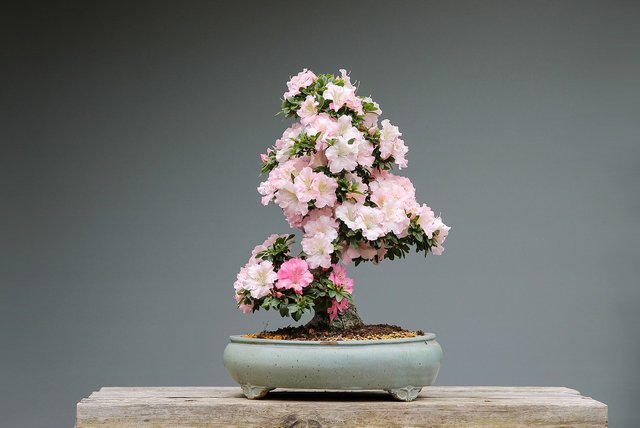
Src: Pixabay
After reading all this, I am pretty sure you are wondering which method you want to start with. That all depends on which stage of the journey you want to begin. Are you ready for the challenge to grow one from seed, wait all those years until you finally see some flowers and fruit? Do you want to start with branches, to avoid all the hassle and have a beautiful, flowering bonsai from the start?
That all depends on you. It is always best to research the best propagation methods for the specific tree you want to turn into a bonsai. I mainly focus on cuttings and seed propagation, but it all depends on the situation. Such as finding that seedling in the park and deciding to save it. You may walk past a tree with flowers that you absolutely love, and then break off a branch.
IDENTIFYING AND RESEARCHING TREES
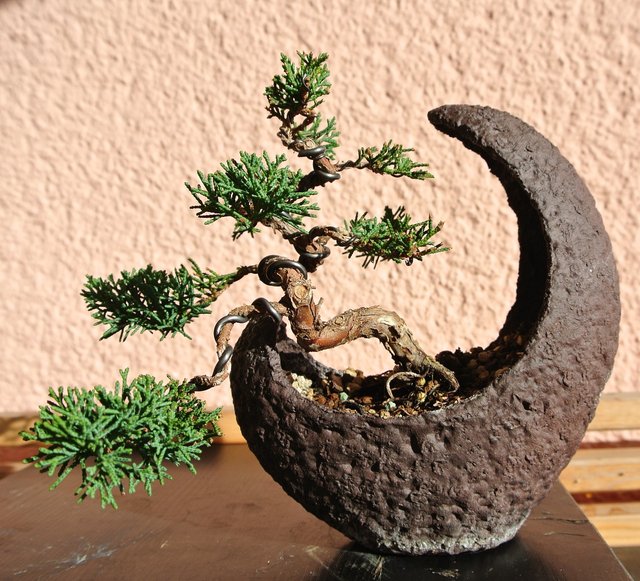
Src: Pixabay
Researching how to propagate seeds is fairly easy. You usually take the seed from a fruit you've eaten, and so you immediately know what to look for on the internet. But with seeds and branches growing on trees that you don't know, that can be much more challenging. Especially if you are a beginner and have no knowledge of trees.
You will need to find out what trees they are though, as that is the only way you will be able to find the proper method of propagating them. Luckily, it is much easier today to find out what type of tree it is. We have apps (I use 'PictureThis') where you can take a photo and the app will cycle through similar photos in the database and help you identify it. You can also buy books for the trees in your country, or subscribe to websites that keep an online database.
There are specific features you can research when trying to identify the tree. I usually aim for the leaves, flowers and seeds. Each tree has its own identity, which is why we have a classification system. Sometimes finding the name of a tree can be hard, but if you look at the leaves, flowers and seeds you should be able to find an exact match. I don't want to cover the different types of leaves, flowers and seeds here, and this article is not about identifying trees. I just wanted you to know that these features are usually what help the most in identifying them.
Also, it helps being part of a bonsai or tree community online. Most of the guys in the groups will be more than happy to help you identify trees.
CONCLUSION
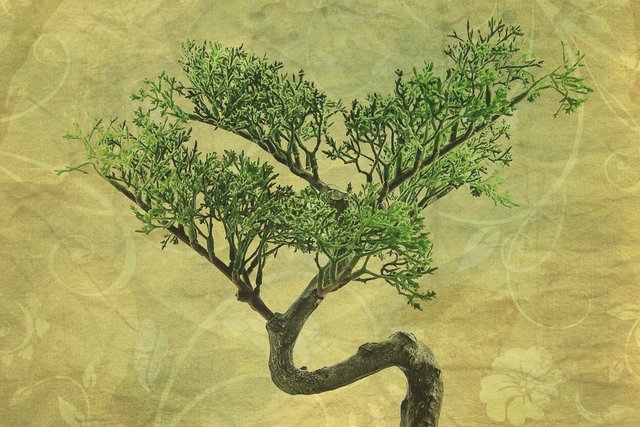
Src: Pixabay
Propagation of bonsais can be fun and very fulfilling. The feeling of growing new life is indescribable and very therapeutic, and doesn't need to cost you an arm and a leg. Sure, the easiest route is just to buy one that someone else has already grown, but there is a unique pleasure in growing them yourself.
And if you become obsessed like me, it becomes an obsession of trying to grow every type of tree you see in your city.
And then.... Sunday hikes and family walks really become enjoyable.
Header Image: Pixabay
Please support my work by subscribing for FREE to one of the following:
@shadowolfdg is a  SteemPunk and Steemit article Mentor for @schoolofminnows
SteemPunk and Steemit article Mentor for @schoolofminnows
Member of @teamsouthafrica
Post of the Day Award - @adsactly
Official Promoter for @tpot -- join our discord channel
Kind regards
Shaun M Jooste
Joint-Owner: AIR Entertainment (https://airentertainment.biz)
Director: Celenic Earth Publications (https://celenicearthpublications.wordpress.com)
Author, Screenwriter, Gamewriter, Journalist (https://celenicearth.wordpress.com)




Very useful post.
I did not know these details about how complicated some seeds can be.
I have not tried to dwarf a plant to the point of turning it into a bonsai, but Ifor many years we were able to transform some considerable big trees that were planted in a square in front of our house into decorative bushes not taller than 1meter.
Constant pruning did the trick for us. But it would be great to have a huge tree in bloom frozen in a small version of it in our living room or garden.
I have tried propagation by branch of some trees, but it has not worked. Like the propagation by seeds, it seems that some branches demand cetain tricks we don't know about.
Nice hobby never tried, loads of information to get one started @shadowolfdg thanks for supporting #teamsouthafrica
Hi shadowolfdg,
Visit curiesteem.com or join the Curie Discord community to learn more.
Hi, @shadowolfdg!
You just got a 0.01% upvote from SteemPlus!
To get higher upvotes, earn more SteemPlus Points (SPP). On your Steemit wallet, check your SPP balance and click on "How to earn SPP?" to find out all the ways to earn.
If you're not using SteemPlus yet, please check our last posts in here to see the many ways in which SteemPlus can improve your Steem experience on Steemit and Busy.
Congratulations @shadowolfdg! You have completed the following achievement on the Steem blockchain and have been rewarded with new badge(s) :
You can view your badges on your Steem Board and compare to others on the Steem Ranking
If you no longer want to receive notifications, reply to this comment with the word
STOPVote for @Steemitboard as a witness to get one more award and increased upvotes!
Hi! Apologies for popping onto your comments but have called out to most people on a post with very little feedback. I have just launched the new @steemsouthafrica account and discord server and would be thrilled to have you join us! We are trying to build up some SA STEEM momentum again – organising regular meet-ups etc. If you are interested, you can hop onto the new server HERE – hope to see you there soon! Oh, and you are welcome to start making use of the #steemsa tag on your posts so that we can support them with an upvote and resteem!
JOIN US ON TWITTER